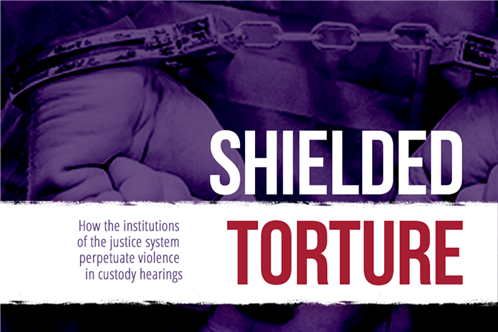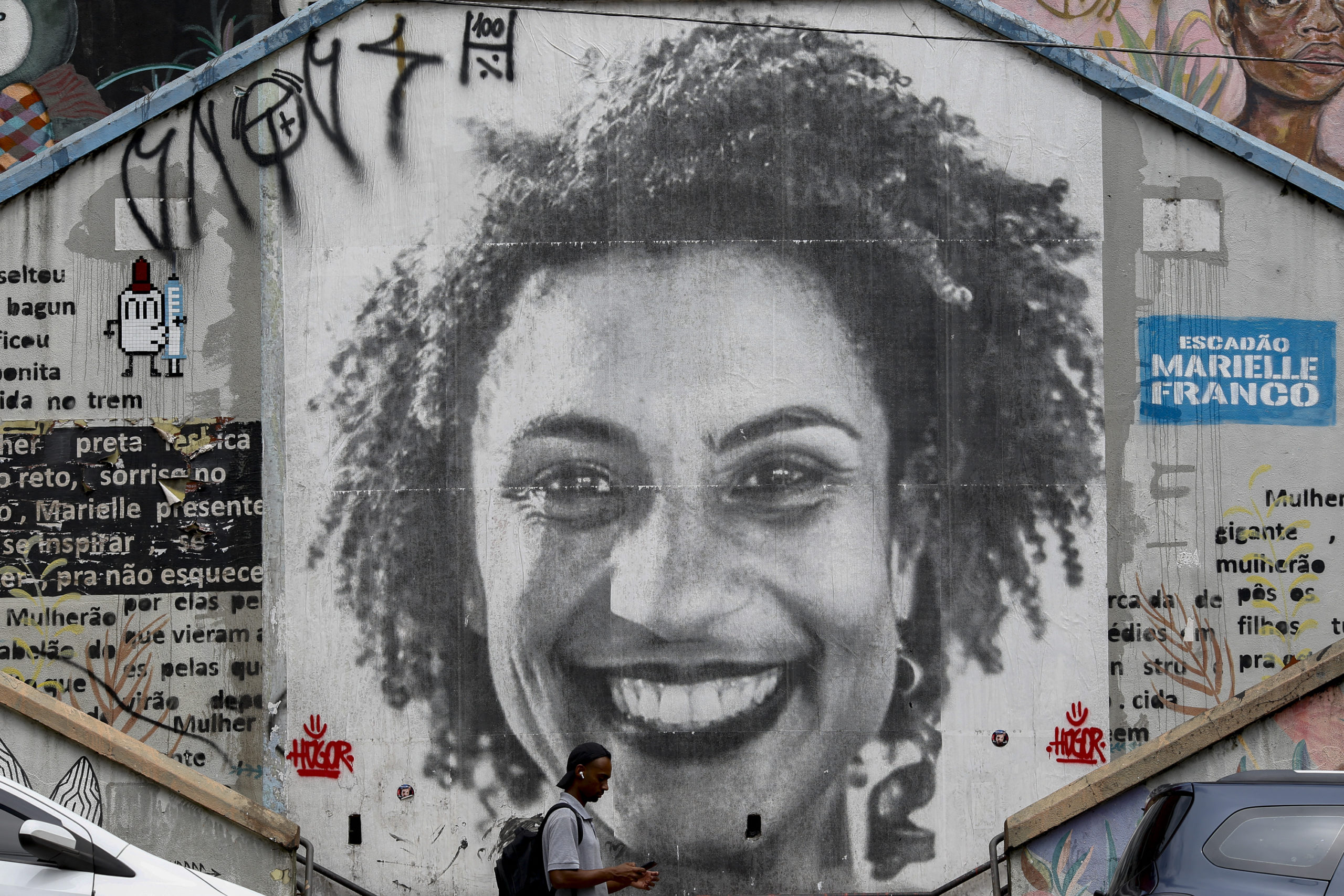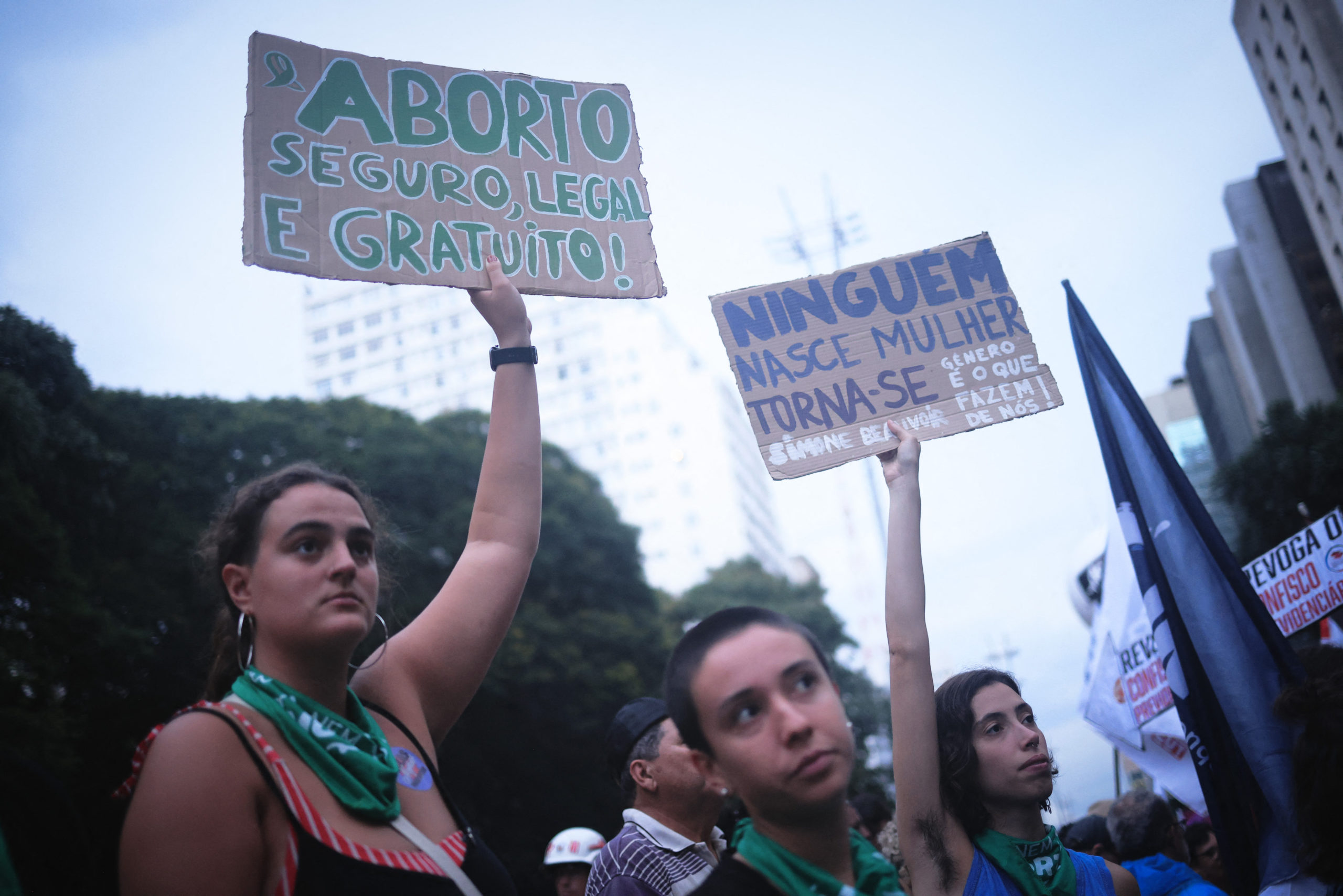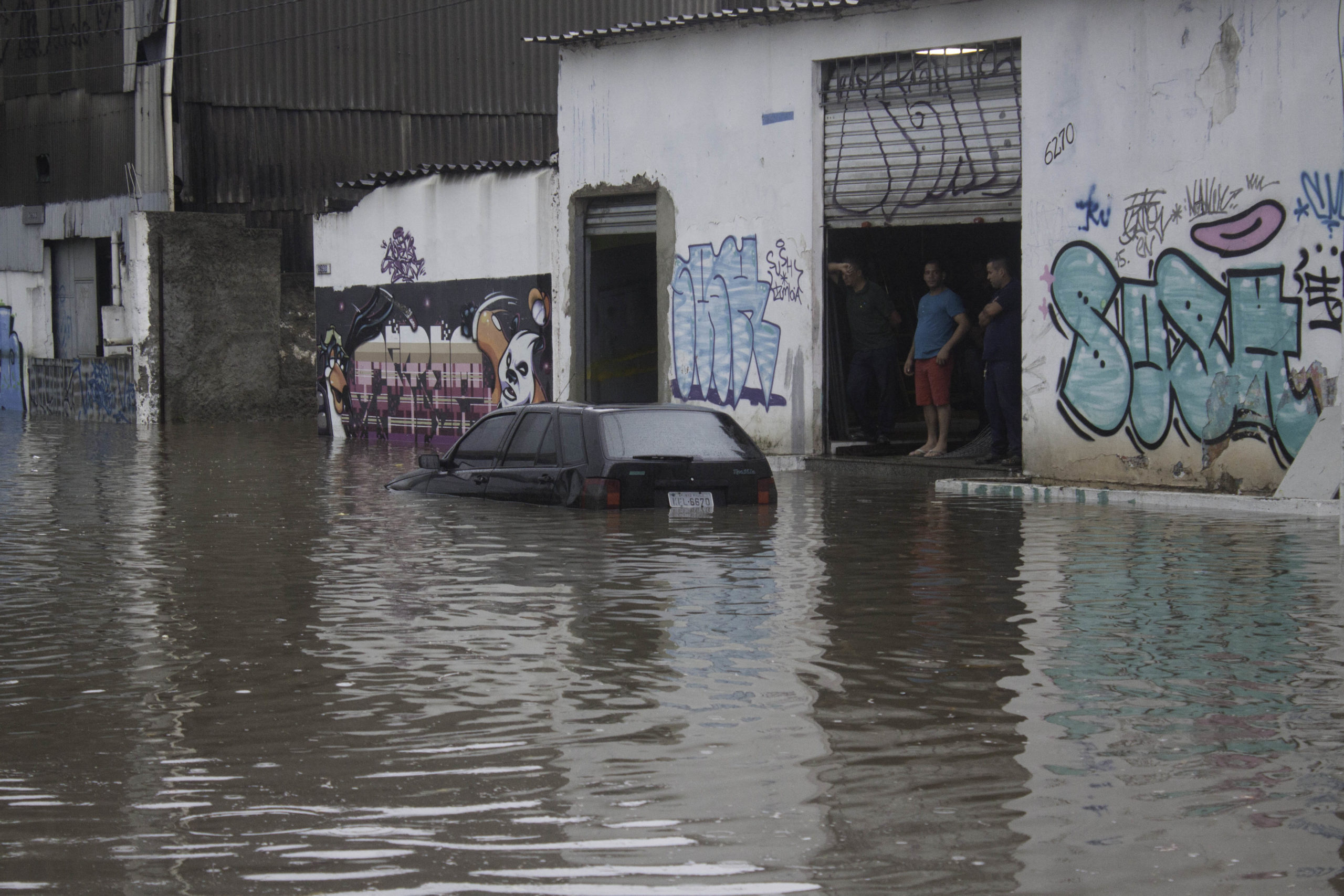Victims and torturers
Who engages in torture and who dares denounce it?

“They said there was no problem beating me because it wouldn’t leave a mark,” says E.A.D., aged 23, to the judge at the Criminal Courthouse of Barra Funda, referring to his black skin. Both he and P.S.A.S. were arrested and charged with robbery in downtown São Paulo. They both deny the charges. According to E.A.D., all he did was pick up a public transport ticket he found on the ground.
“They pointed a machine gun at his face. They cocked a pistol against me here [pointing to his stomach],” he says. “Would you be able to identify the officers?” asks the judge. “I’m not afraid. I know they’ll retaliate against me. But I can [identify them].”
The judge sends the two men to the Forensic Medical Institute for a physical examination and refers the case for analysis by DIPO 5 – Criminal Investigation and Auxiliary Services Division, which is responsible for receiving and processing cases of police violence.
At the request of the prosecutor, who does not ask a single question about the aggression suffered by the two men, the arrest is converted into pre-trial detention.
The case of E.A.D. and P.S.A.S. accurately represents the profile of the people included in the research “Shielded Torture”. The analysis of 393 cases in which there were reports or signs of torture or mistreatment in the custody hearings leads to the conclusion that the preferred victims of violence during arrests are black men charged with robbery and that the main perpetrators are military police officers.
According to the testimonies collected for the study, the primary motivation for the aggression is to secure a confession and, in general, the violence occurs at the same place as the arrest.
According to the lawyer Sylvia Dias, a delegate of the Association for the Prevention of Torture in Brazil and a reviewer of the “Shielded Torture” study, the profile of the torture victims is similar to the profile of detainees in the Brazilian prison system.
“Another aspect that is particularly alarming is the naturalization by the detainees themselves of the torture and mistreatment they suffer at the time of their arrest. It is shocking to see that a large number of Brazilian citizens, after being subjected to violence on a daily basis at the hands of the police, end up ‘normalizing’ acts of physical and psychological violence as if it were acceptable and inevitable,” she said. “Obviously, this naturalization and their unawareness that their rights and their integrity are being violated leads to underreporting,” she added.
Just like E.A.D. and despite the fear of retaliation by police officers, who remain in the room during the entire custody hearing, 56% of the detainees say they can identify their aggressors.
In at least 19% of cases, particularly when the violence is committed in public areas by military police officers, the detainees were taken to the police station by their torturers. This means the personal and service data of the suspected officers are contained in these police reports, providing the opportunity for members of the police force to be investigated and held accountable.
Ghost hearings
In some of the hearings monitored by the study, it was impossible to get information on the profile of the detainee or details about their arrest. This is because they were hospitalized on account of the injuries they sustained at the time of their arrest. In these cases, known as ghost hearings, the judge, prosecutor and public defender decide on the fate of the detainees in their absence.
Between June and November of 2015, Conectas attended and analyzed three ghost hearings in the Criminal Courthouse of Barra Funda. In none of them was the absence of the detainee questioned by the judges or prosecutors. Neither did their hospitalization raise suspicions about the occurrence of torture or mistreatment at the time of their arrest. In none of the cases was it decided to perform a physical examination nor was the possibility mentioned of holding another hearing in the presence of the detainee after their medical discharge.
As far as Conectas is concerned, the hospitalized people were very possibly the most serious victims of violence during the period of the research. Obviously, since they were unable to appear before a judge, they did not have the opportunity to report any episodes of violence, completely undermining the effectiveness of the custody hearings from the perspective of combating torture and mistreatment.
According to the lawyer, sociologist and criminal justice researcher Fernanda Emy Matsuda, who also reviewed the study, “you have to do more than just go through the motions”. “There is an excessive concern with the form at the expense of the content, and ghost hearings illustrate this very eloquently, since all they do is comply with a formal requirement but are in effect meaningless,” she said.
Dias believes that holding ghost hearings is “extremely serious”. According to her, “it is precisely this type of situation that ought to raise concerns about the occurrence of serious violence or abuse during the arrest. The custody hearings as an instrument for the prevention of torture or mistreatment cannot permit any exceptions”.
Ghost hearing at the Criminal Courthouse of Barra Funda







